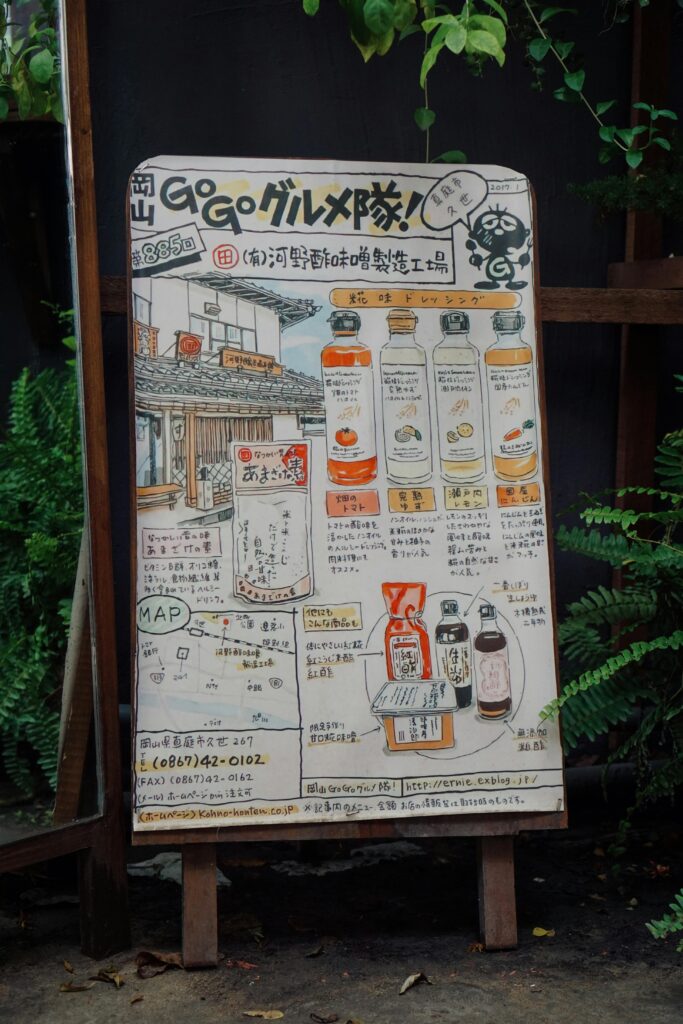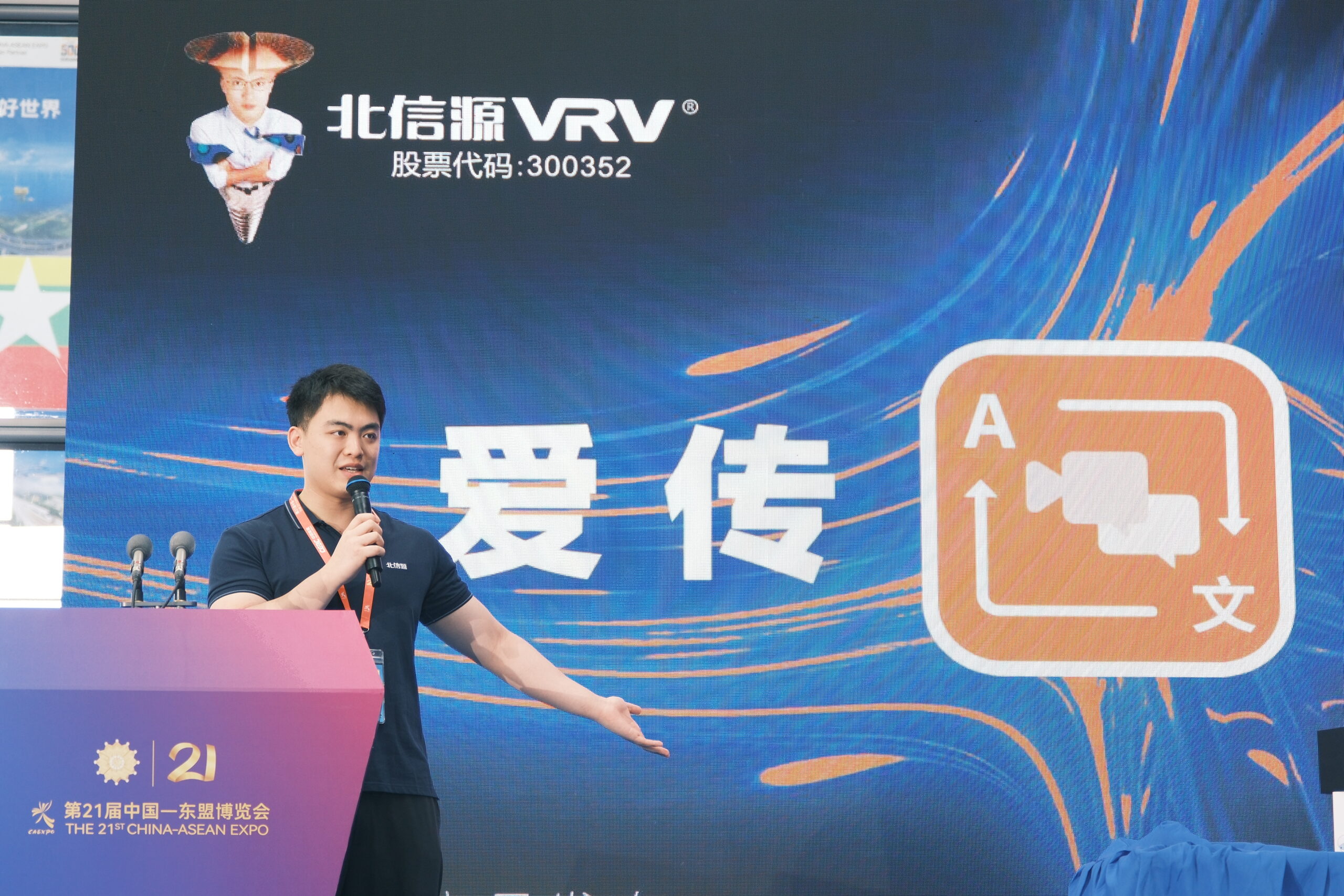Few literary undertakings carry the gravitas—and the peril—of translating Homer’s Odyssey. In April 2025, Daniel Mendelsohn, Bard College classicist and celebrated memoirist, added his own pioneering version to the canon, published by the University of Chicago Press. Building on his 2017 father-son memoir An Odyssey, Mendelsohn’s full translation marries personal discovery with scholarly rigor—inviting newcomers and seasoned readers alike to glimpse Homer’s world with fresh eyes. Below, we explore the backstory, craft, and wider context of this landmark edition, delving into aspects the original interview couldn’t cover.

From Kitchen Floors to Chicago Press
Mendelsohn’s road to translating the Odyssey began unexpectedly. While scrubbing his kitchen floor in January 2022, he received a call from Susan Bielstein, executive editor at the University of Chicago Press, asking if he’d consider a full translation. Chicago prized Richmond Lattimore’s Iliad but lacked a companion Odyssey; spotting Mendelsohn’s evocative snippets in An Odyssey, Bielstein seized the chance. Thus began a three-year journey that would transform classroom passages into more than 12,000 lines of English verse.
Line by Line: Meter, Length, and Poetic Freedom
The Dactylic Hexameter Challenge
Homer’s original pulses with dactylic hexameter—six “feet” per line, each foot a long syllable followed by two short. Most English translators compromise, adopting iambic pentameter as Robert Fitzgerald did, or a “loose six-beat rhythm” à la Richmond Lattimore.
Mendelsohn’s Extended Lines
Rather than halving the line, Mendelsohn opted for longer, flexible lines—often 15–17 syllables—providing space to capture both meaning and melody. This “generous canvas” lets him weave in Homeric epithets and narrative detail without sacrificing flow, balancing fidelity and freshness in every stanza.
Literal Truth vs. Poetic Beauty: Tough Choices
No translation is purely mechanical; each word reflects a judgment call. Mendelsohn describes moments when “you have to choose which baby to throw out of the lifeboat”—sacrificing precise meaning for a haunting rhythm, or vice versa, as context demands.
- Case Study—Aegisthus’s “Blameless” Label: In Book 1, Zeus slams Aegisthus as amumôn. Literally “without blame,” the word paradoxically adorns a villain. Drawing on mentor Jenny Strauss Clay’s insight into its active “cannot blame others” nuance, Mendelsohn renders it “a man who was not one to blame,” a phrasing that preserves wicked ambiguity.
Homer’s Wild West: Navigating Ancient Greek
Unlike translating modern poets—where you can consult living usage—Homer’s Greek is a “fantasy” blend of dialects never spoken by any one person. Translators face an oral tradition brimming with formulas and epithets; every line echoes with repetition. Mendelsohn immersed himself for 18 months in Homeric scholarship before pen touched paper, then tackled 30–50 lines a day, treating each passage as a mini “crossword puzzle” of meaning, meter, and tradition.
Standing on the Shoulders of Giants: How Mendelsohn’s Version Compares
- Richmond Lattimore (1965): Famed for replicating hexameter in a “free-verse” six-beat rhythm, Lattimore’s Odyssey is prized for its literal faithfulness and retention of repeated formulas.
- Robert Fitzgerald (1961): Blank-verse iambic pentameter that smooths hexameter into more familiar English cadences, trading some repetition for readability.
- Emily Wilson (2017): The first English verse translation by a woman, she matches line count and employs iambic pentameter, pruning archaic epithets and foregrounding female perspectives.
- Samuel Butler (1900): A prose translation offering ease of access, though imbued with early-20th-century Victorian assumptions.
Mendelsohn’s edition stakes a middle ground: more expansive than Wilson’s lean lines, more reader-friendly than Lattimore’s chamber-length hexameters, and enriched by footnotes that unpack grammar, mythic allusions, and cultural customs.
Beyond Translation: Annotations, Appendices, and Reader Tools
Mendelsohn’s Odyssey includes:
- An Introduction: Contextualizing authorship debates, metrical issues, and the epic’s relevance today.
- Glossary of Names and Terms: From polytropos (“many-turned, a complicated man”) to obscure place-names.
- Textual Notes: Selections on variant readings from major medieval manuscripts (Venetus A, B, etc.) and papyrus fragments unearthed in the 20th century.
- Maps and Diagrams: Charting Odysseus’s labyrinthine route from Troy to Ithaca.
These layers make the edition not just a fresh rendering but a gateway for deep reading, whether on a first encounter or a scholarly second look.

Homer for Our Moment: “Post-ness” and Modern Resonance
Mendelsohn posits the Odyssey as a “post-everything poem”—a tale born when gods recede and human beings venture alone, a theme echoing our own “end of certainties” era. Film adaptations—from Ralph Fiennes’s haunted warrior Odysseus to Christopher Nolan’s upcoming epic—underscore the poem’s timeless pull. Whether you’re trekking Ithacan hills or commuting on the subway, Odysseus’s questions of identity, homecoming, and resilience still hit home.
Frequently Asked Questions
Q: Why translate the Odyssey again?
A: Each era brings new linguistic, cultural, and scholarly insights. Mendelsohn’s version foregrounds meter, meaning, and memory—offering a bridge between rigorous scholarship and readerly pleasure.
Q: How does his line length differ from other translators?
A: He employs extended lines—often 15–17 syllables—rather than halving the Greek hexameter into pentameter, allowing more room for Homeric texture without fragmentation.
Q: Is it still a poem or closer to prose?
A: Poetic—Mendelsohn carefully shapes each line’s rhythm and sonority, making the reading feel lyrical even when densely narrative.
Q: What did reading with his father change?
A: It sharpened his sensitivity to father-son relationships, cementing Laertes’s pivotal reunion as the epic’s emotional climax well after Penelope’s welcome-home moment.
Q: How does he handle Homeric formulas and epithets?
A: He preserves most—“rosy-fingered Dawn,” “wine-dark sea”—but offers concise footnotes for clarity, balancing authenticity with accessibility.
Q: Are there notes on variant readings?
A: Yes—Mendelsohn includes select textual discussions where medieval manuscripts or papyrological finds diverge, a feature many full-length translations omit.
Q: Who needs footnotes—can I skip them?
A: Casual readers can follow the main text alone. Scholars and curious adventurers will find sidebars and appendices invaluable for deeper dives.
Q: How does this compare to Emily Wilson’s translation?
A: Wilson’s lean, iambic-pentameter lines and focus on gender dynamics contrast with Mendelsohn’s wider line lengths and emphasis on poetic cadences. Both editions complement each other.
Q: Is the edition classroom-friendly?
A: Absolutely—its balanced blend of narrative drive, scholarly apparatus, and readable style makes it ideal for undergraduates and public book clubs alike.

Conclusion
Daniel Mendelsohn’s Odyssey is more than a new translation—it’s a testament to the enduring power of Homer’s epic to metamorphose across millennia. By weaving his personal odyssey with meticulous scholarship, Mendelsohn offers readers a vibrant, layered entry point into the ancient world. Whether you’re meeting Odysseus for the first time or rediscovering him at midlife, this edition promises to feel at once timeless and thrillingly modern.
Sources The New York Review


